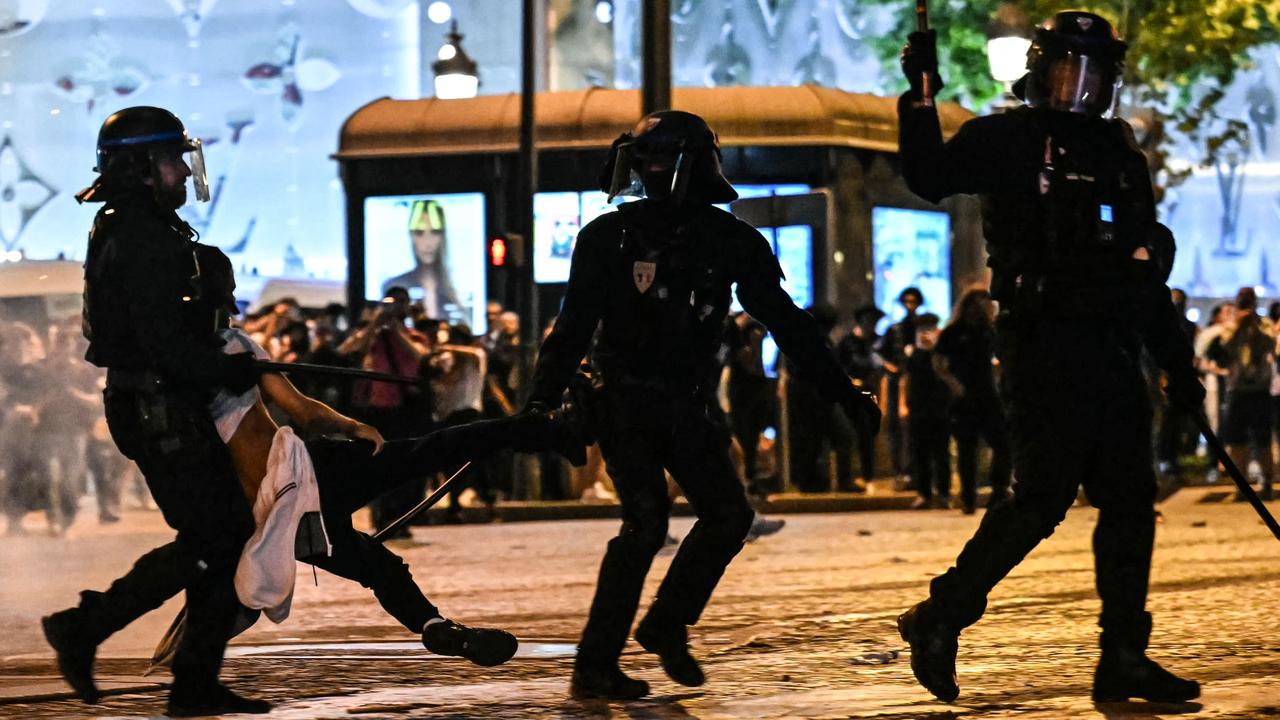Intense footage reveals how Ukraine destroyed multiple tanks in costly Russian failure
Intense new vision has shown how an armoured column was obliterated in what appears to be another deadly miscalculation by Putin’s commanders.
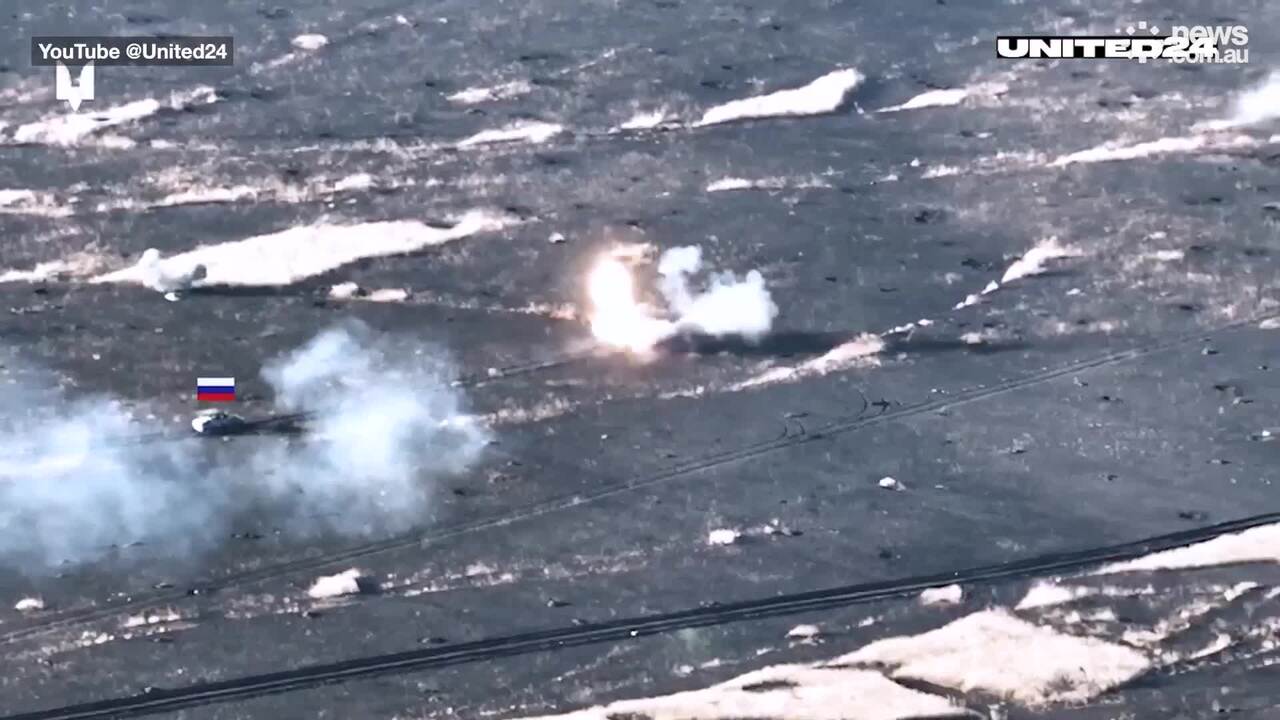
WARNING: Graphic
Intense new vision has shown how Ukrainian forces destroyed a Russian armoured column near the village of Andriivka in Donetsk, in what appears to be another deadly miscalculation by Russian command.
The strike, confirmed in footage released by the Armed Forces of Ukraine, shows a line of armoured vehicles advancing along a single asphalt road without mine-clearing support.
The lead vehicle then triggered an explosion, blocking the rest of the column and setting up the remainder for destruction via infantry-fired Javelin missiles.
According to military news outlet Militarnyi, the Russian assault included two infantry platoons backed by 12 infantry fighting vehicles and tanks. Moving in tight formation, they were quickly targeted by artillery and drones.
18 soldiers were reportedly killed, with seven wounded and seven of the vehicles completely burnt to a crisp.
The 46th Airmobile Brigade, which has previously repelled similar attacks in the area, is believed to have been involved.
On March 22, the same brigade pushed back another attempt to break through Ukrainian lines using similar tactics.
Russian forces have been seen using Ukrainian-built fortifications as makeshift control points, including drone operator bunkers.
But these positions appear too large to hold effectively, serving instead as temporary staging points for advancing infantry.
In a separate strike on the eastern front, Ukraine’s “Rarog” unmanned systems brigade destroyed a Russian RKhM-4 chemical reconnaissance vehicle — another rare and expensive loss for Moscow.
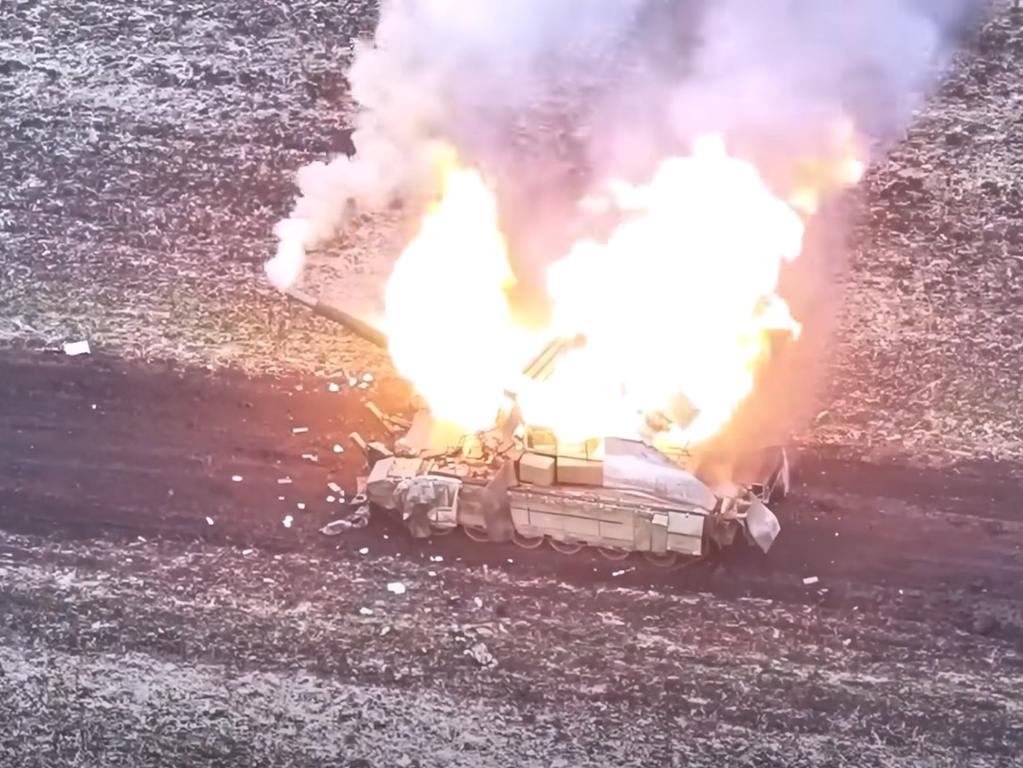
The rapid advancement of technology continues to transform how modern warfare plays out. Through social media, the entire world has been given a front-row seat to the disturbing proceedings. Cleanly-shot drone videos like the one above have given war analysts accurate data to assess the strategy and failures of both sides.
“I personally see these advances as largely a failure of the Russian military,” analyst Andrew Perpetua wrote in December. “They are dumping entire divisions directly into combat and advancing a few [kilometres] while sustaining absolutely catastrophic casualties.”
“The way Russia is using their forces is unsustainable,” Mr Perpetua observed.
Drones have dramatically changed the game, and now Ukraine has found a creative new way to wreak havoc on the Russian front.
Last year, Ukraine’s “Birds of Magyar” drone unit tested a new trick behind enemy lines that has since paid dividends for the nation’s defenders.
Instead of dropping bombs, they began placing mines on roads near Krynky, close to Kherson. By morning, Russian military forums were in panic mode.
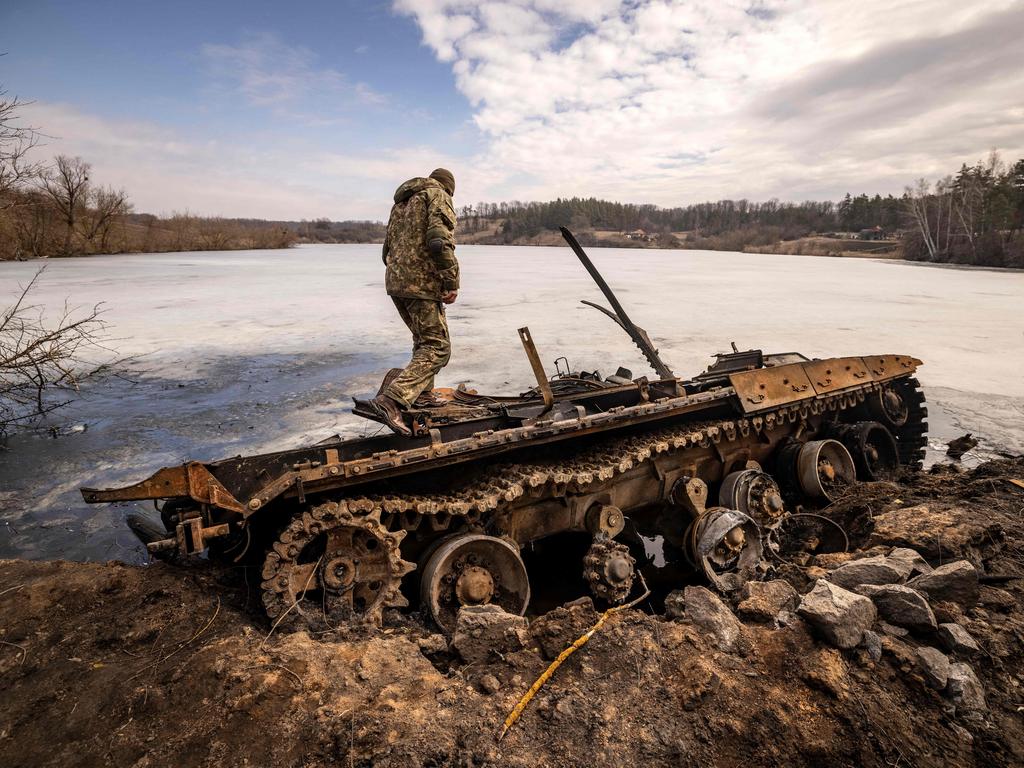
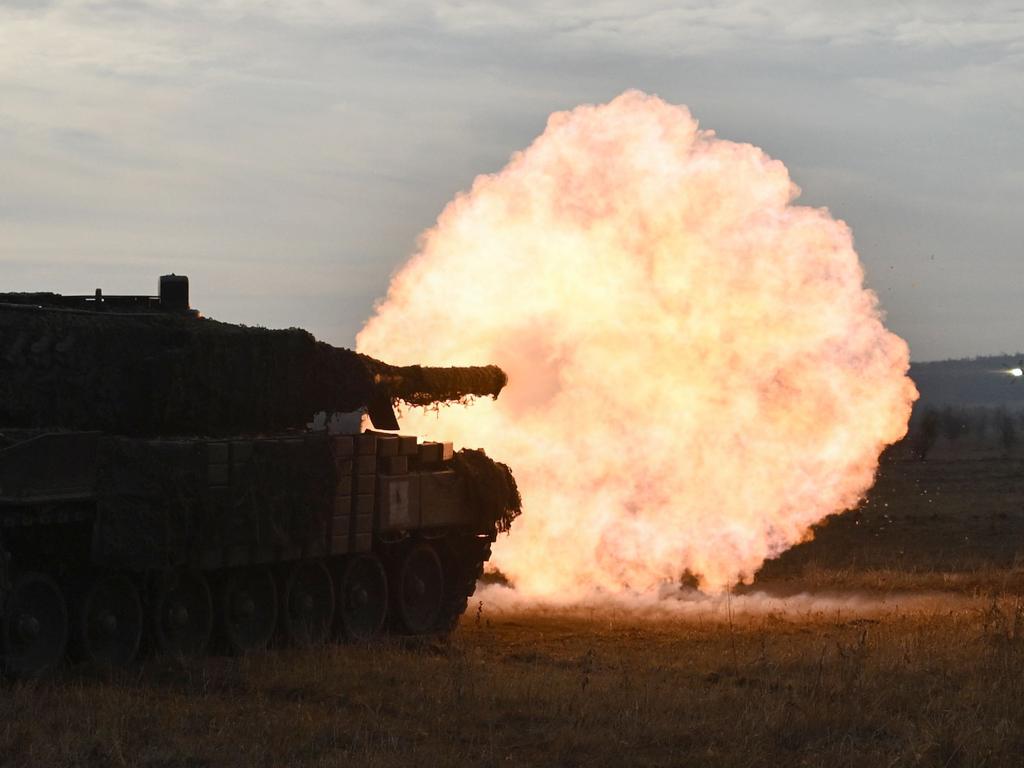
A Russian map surfaced, claiming that every inch of the 72km road network around the area had been mined.
Traditional antitank mines are usually dumped in predictable spots in front of defensive lines, sometimes buried, and usually marked with barbed wire.
But there’s nothing conventional about drone warfare.
The US first developed scatterable mines in the Vietnam War. Smaller and lighter, these devices still pack enough punch to take out a tank. Instead of being buried, they’re dropped from aircraft or fired in clusters via artillery shells. Soviet forces picked up the idea not long after.
Now, the same tactic is being refined in real-time.
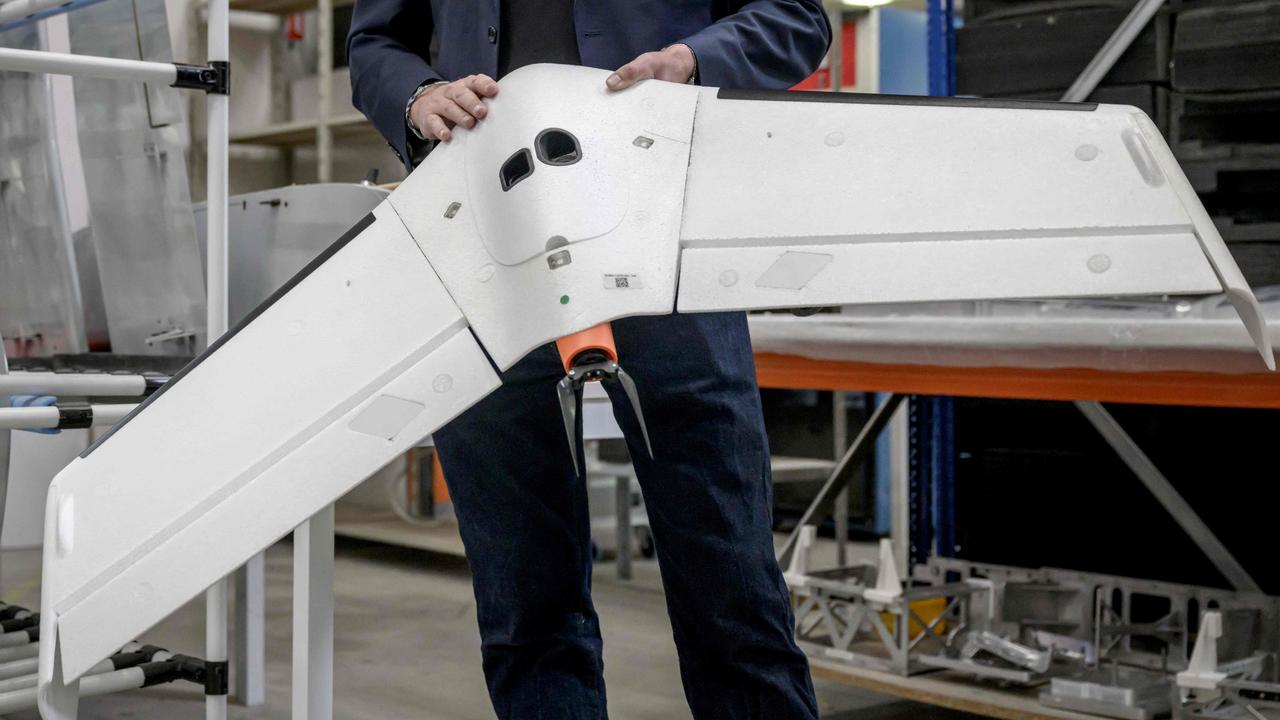
Ukrainian forces are using American-supplied scatterable mines to plug holes in their lines and isolate Russian advances. But drones have changed the game. Instead of scattering mines at random, operators can now surgically place them on the exact dirt roads and supply tracks that Russian vehicles use the most.
A heavy-lift drone can carry half a dozen mines up to 20km behind the lines while leaving the operator relatively safe behind friendly lines.
Their effectiveness is multiplied at night, especially when Russian columns are on the move.
But even in daylight, videos show Russian drivers hitting mines they should have spotted.
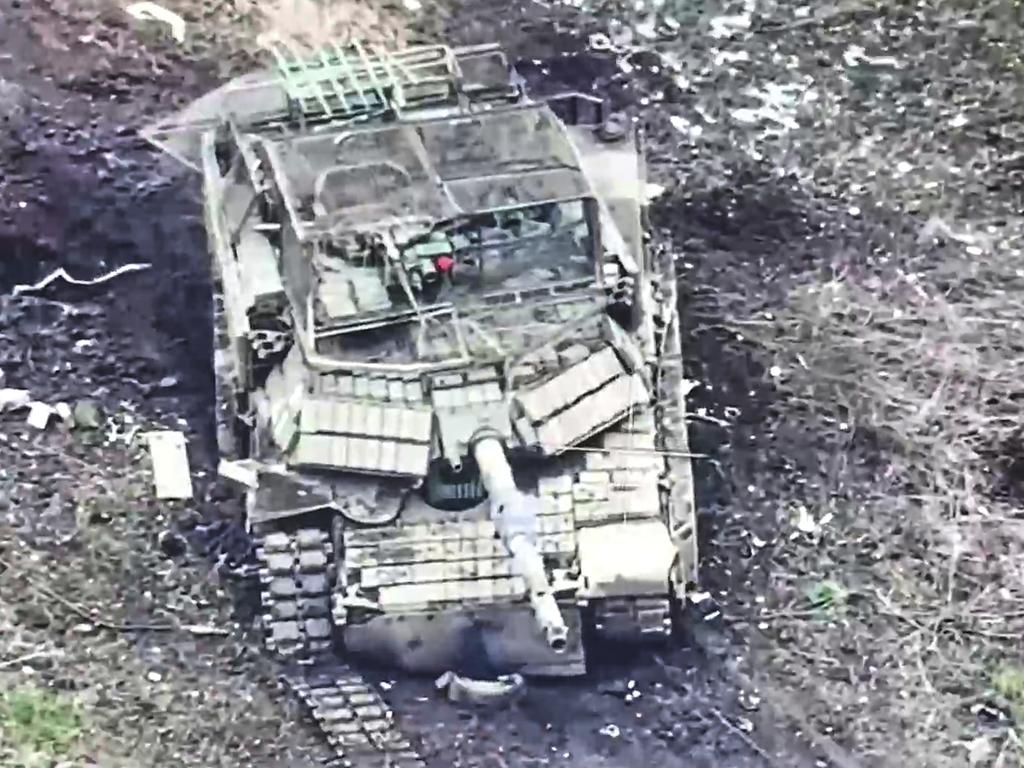
It’s a repetitive and highly dangerous game of back-and-forth as both sides scramble to get an edge.
Every morning, sappers sweep the roads. Every night, the drones come back.
Clearing the mines isn’t easy. Shooting them doesn’t always work, and moving them by hand risks triggering magnetic sensors. Some are camouflaged under plastic foliage and others go off if jostled.
Russia and Ukraine are now racing to build better mines and also better-equipped robots to lay and defuse them.
The Birds of Magyar were reportedly thrilled with the results and launched a fundraiser to produce 20,000 more drone-dropped copies of Russian mines, priced at just $50 each.
Ukraine has also started deploying the PTM-L1, a more advanced version based on a US design.
Both sides are now using drones to scatter smaller antipersonnel mines as well.
Russia has littered parts of Kharkiv with “Petal” mines, aiming to displace civilians.
And while jammers and shotguns can help guard troops from drone attacks, they’re useless if drones don’t attack at all — and instead quietly lay mines that block escape routes and choke supply lines.



